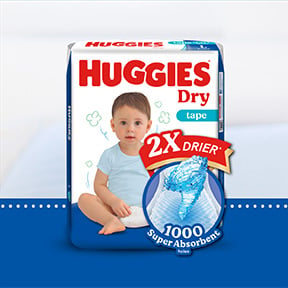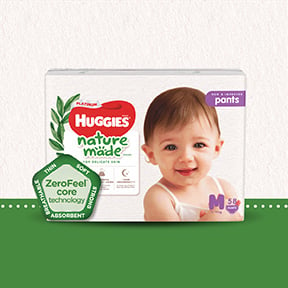How to Child Proof Your Home Before and After Baby Arrives
Most parents begin to worry about how to safeguard their little one from all the dangers in the outside world even before baby arrives on the scene. For peace of mind, you can begin by making your home baby-safe and secure during your pregnancy and beyond with some simple childproofing steps; many of which are common sense.
Experts advise you to get down on your hands and knees to see how things look from a baby's perspective. Where would you go? What can you reach? What would you touch?
Remember that childproofing is not a one-shot deal. As baby reaches different levels of mobility - crawling, toddling, walking -- you will have to ramp up your protective tactics. Some of these suggestions can wait until baby becomes mobile and can roll, crawl or move toward danger, but it's never too soon to begin thinking about the potential hazards and how they can be fixed. You can even put some safety items like cabinet and toilet seat locks on your gift registry for use when the time comes.
Here is a room-by-room checklist to get you started:
Everywhere
- Cover electrical outlets.
- Use gates to keep stairways, exercise equipment and other potential dangers off limits.
- Install window guards or window stops
- Make sure heavy bookshelves, dressers and even appliances like television sets and lamps are bolted down and cords are hidden. Put heavier items on lower shelves so furniture is not top-heavy.
- Cover sharp edges and corners.
- Put non-slip pads under all rugs.
- Replace any looped cords on blinds or curtains.
- Move plants out of reach and get rid of any that are poisonous if ingested.
- Get out of the habit of leaving coins, keys, matches, mints, paper clips and other small items in bowls or on counters around the house. Even purses should be hung out of reach because they often contain medicine and other safety hazards.
- Program numbers for your local Poison Control Center into your mobile phone -- and post next to landlines -- as well as those for the pediatrician, grandparents and other nearby neighbors in case of emergency.
Nursery
- Do not use hand-me-down cribs from before 2011, when federal safety requirements were tightened. Vintage cribs from your own childhood should never be used even for a visit to grandma's house.
- Be sure to position the crib and changing table away from windows, lamps, hanging wall decorations, electrical or blind cords, shelves and climbable furniture.
- Keep the crib clutter-free without pillows, heavy quilts, fluffy blankets, bulky bumpers or large stuffed animals that could be a suffocation hazard or a larger child could use to climb out.
- Place diapers and all changing supplies within reach of the changing table so you never have to leave baby unattended to retrieve something.
Bathroom
- Set hot-water heater below 120 degrees Fahrenheit.
- Attach a toilet lock.
- Store all toiletries and cleaning products on high shelves or in cabinets with baby locks. Remember, even perfume, nail polish remover, baby oil, mouthwash, rubbing alcohol and deodorizers can be hazardous.
- Always unplug electrical appliances like curling irons after use and store them safely.
Kitchen
- Put latches on dishwasher and all lower cabinets and drawers.
- Affix a stove shield or stove-knob covers. Use back burners when possible, and always turn handles toward the back.
- Keep pet food bowls and litter boxes out of reach.
Living/Dining Room
- Store knick-knacks on high shelves.
- Use a fireplace screen and store fire utensils and matches away from baby.
Do you know that an average baby will need 1057 nappy changes in the first 6 months? Get exclusive promotions and free diaper samples by joining the Huggies Club now!
"The information contained in this site is for informational purposes only and is not intended to be a substitute for professional medical advice, diagnosis or treatment. Always seek the advice of your doctor or other qualified healthcare provider with any questions you may have regarding a medical condition. You should never delay seeking medical advice, disregard medical advice or discontinue medical treatment because of information on this site. To the extent permitted by law, Kimberly-Clark excludes liability or responsibility for claims, errors or omissions on this site, and may amend material at any time without notice."













